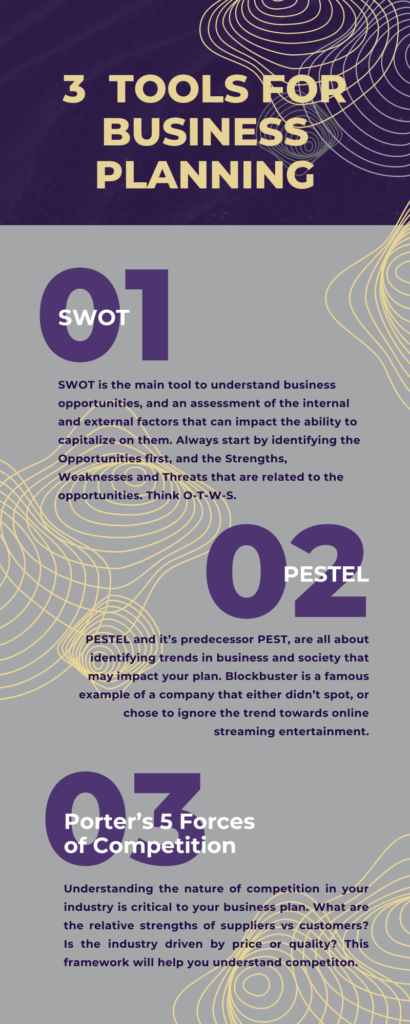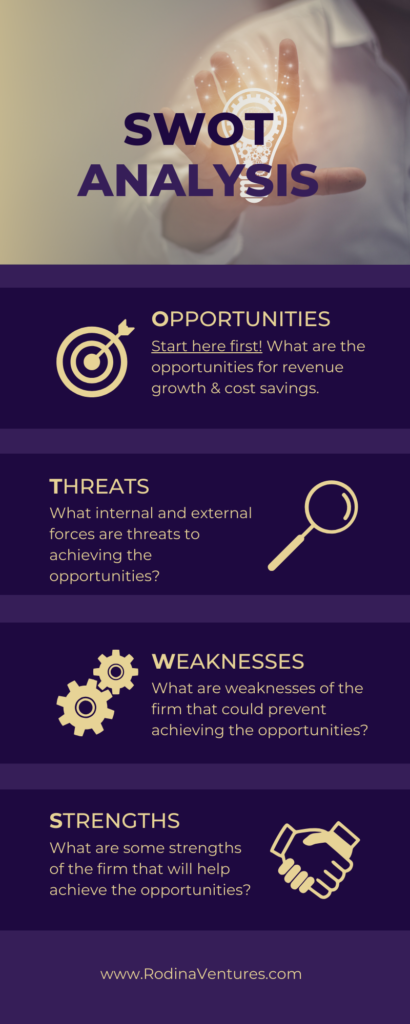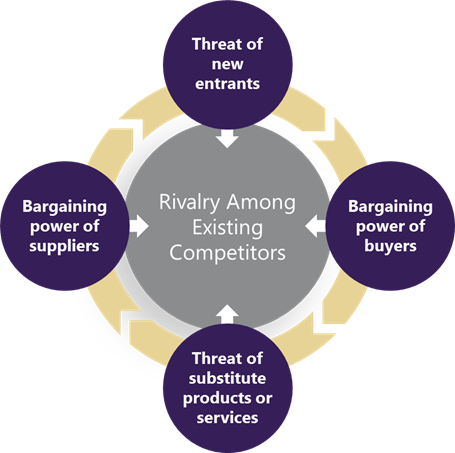Unlocking Your Business Potential: 3 Simple Planning Tools

In the fast-paced world of business, success often hinges on the ability to adapt, strategize, and make informed decisions.
Whether you’re a seasoned entrepreneur or a budding startup, or a multi-million dollar corporation, one thing remains constant: the importance of effective business planning.
To paraphrase Dwight D. Eisenhower,
Plans are worthless but planning is everything.
Dwight D. Eisenhower
The reason is simply that the process forces people to think about what is happening in the world around them and how they will affect the organization that they work for.
For instance, management teams should consider a few key questions during their planning preparation:
- What trends are happening now that will either positively or negatively impact our company?
- What are ways to make money and does the company have the resources and skills necessary to execute?
- How can we leap past our competitors and gain market share?
These are some good questions that all management teams need to consider before thinking about strategy and action plans. In fact, the start of any good plan is thorough research and homework.
Fortunately, business schools have been teaching techniques such as PEST, SWOT and Porter’s Five Forces of Competition for years.
These analytical frameworks are proven techniques to answer the questions above and many more.
These three techniques are considered the basis for any analysis when writing a business or strategic plan.
OTWS (The tool formerly known as SWOT)
SWOT (Strengths, Weaknesses, Opportunities, Threats) analysis is a classic tool taught in business schools everywhere that provides a structured framework for evaluating the internal and external factors that can impact a business.
This is the correct sequence in performing a SWOT analysis:
Opportunities
The first task is to identify and evaluate external opportunities that your business can capitalize on. Look for market trends, emerging technologies, or untapped and underserved customer segments.
Threats
Next, identify external threats that could harm your business pertaining to the opportunities identified. These could include competitive pressures, economic downturns, or regulatory changes. Always find a threat that refers to an opportunity.

Weaknesses
Examine the internal weaknesses that could hinder your business in relation to the opportunities identified. These might include a lack of resources, outdated technology, or operational inefficiencies. Always think of weaknesses that refer to one or more opportunities.
Strengths
Identify and assess the internal strengths of your business in relation to the opportunities identified. This could include your unique expertise, talented team, strong brand, or proprietary technology.
SWOT analysis helps businesses develop a clear understanding of their current position and prospects. Armed with this insight, organizations can make informed decisions, such as crafting action plans that leverage strengths, mitigate weaknesses, exploit opportunities, and defend against threats.
Pest Analysis

PEST analysis is a tool used to assess the macro-environmental factors that can impact a business. The acronym stands for Political, Economic, Social and Technological factors. Here’s how PEST analysis works:
Political
Evaluate how government policies, regulations, and political stability can affect your business. Changes in tax laws, trade agreements, or government attitudes toward your industry can be critical factors.
Economic
Examine economic factors like inflation rates, exchange rates, and overall economic health. Economic conditions can influence consumer spending, supply chain costs, and market demand.
Social
Consider social and cultural factors that can impact your business. Demographics, consumer preferences, and societal trends play a significant role in determining market opportunities.
Technological
Assess technological advancements and innovations that can affect your industry. Stay attuned to emerging technologies that could disrupt your business or create new opportunities.
PEST is a critical tool that should be used during the business planning process. By identifying and planning for trends, companies can avoid the fate of companies like Blockbuster, that didn’t react to the trend of streaming entertainment and went bankrupt. Similarly, being able to spot growth trends can also allow companies to get ahead of their competition and increase revenue.
Porter’s Five Forces Analysis
Porter’s Five Forces analysis is a powerful framework for evaluating the competitive forces within an industry.
Developed by Harvard professor Michael E. Porter, this tool helps businesses understand the dynamics of their industry and the attractiveness of their position within it.

The five forces are:
Threat of New Entrants
This assesses the ease with which new competitors can enter the market. High barriers to entry, such as high capital requirements or strong brand loyalty, can reduce this threat.
Bargaining Power of Suppliers
Analyze how much control suppliers have over the prices and terms of supply. Strong supplier bargaining power can impact your profitability.
Bargaining Power of Buyers
Evaluate how much control buyers have over prices and terms. If buyers have many choices and can easily switch suppliers, they have higher bargaining power.
Threat of Substitutes
xamine the availability of substitute products or services. The more alternatives there are, the higher the threat of substitution.
Competitive Rivalry
Assess the intensity of competition within your industry. High competition often leads to price wars and reduced profitability.
Porter’s Five Forces analysis helps businesses determine their competitive position, potential sources of competitive advantage, and areas where strategic adjustments may be necessary to thrive in their industry.
In the world of business planning and analysis, these top three tools – SWOT analysis, PEST analysis, and Porter’s Five Forces analysis – are indispensable.
They provide a holistic view of a company’s internal strengths and weaknesses, external opportunities and threats, and industry dynamics.
If you and your team are using these tools for the first time, contact Rodina Ventures and our team wil guide you through the complexities of business analysis and planning.